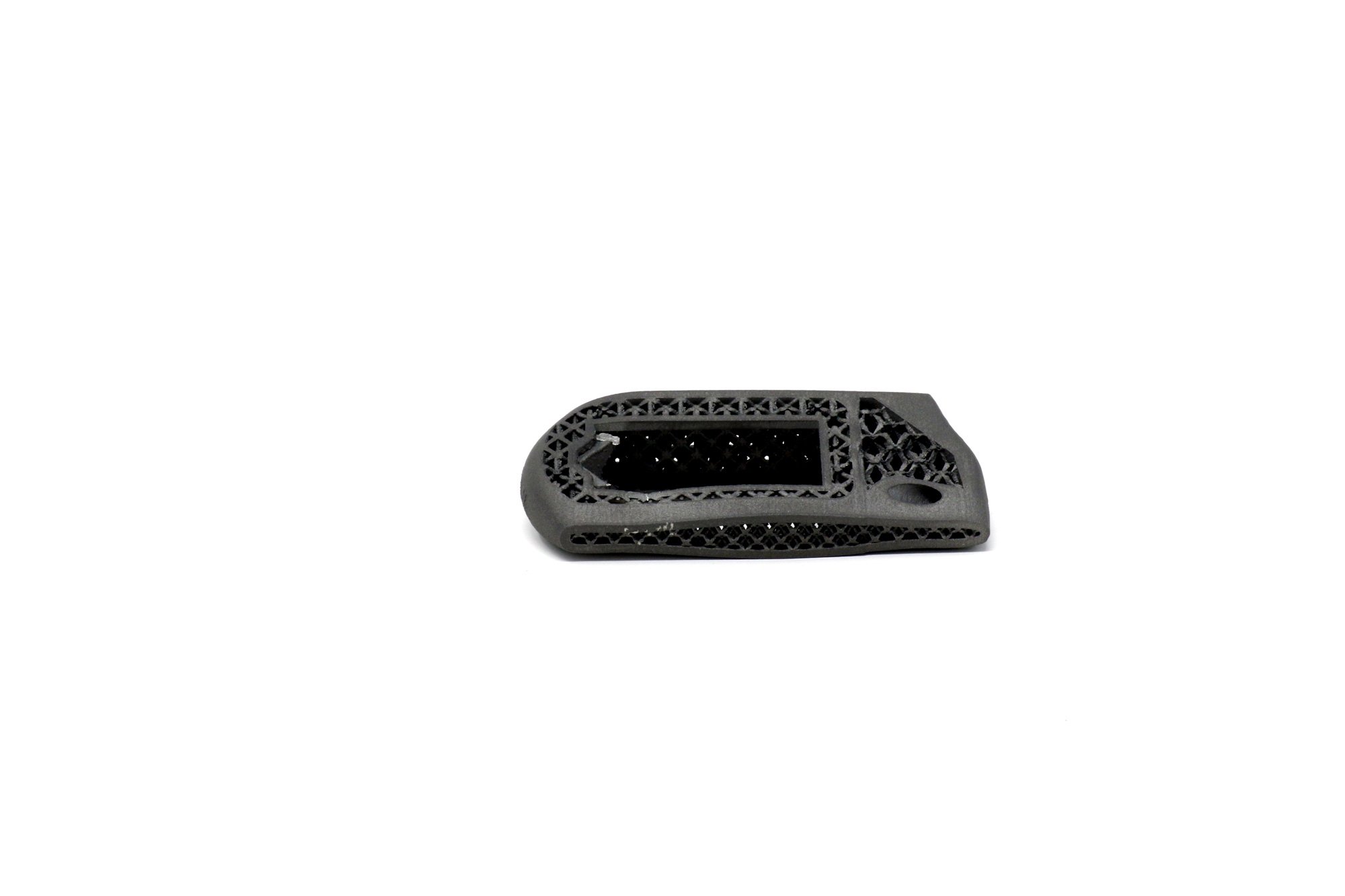Digital technologies are gaining ground in driving the transition to value-based healthcare, which rewards healthcare providers based on the quality, not quantity, of patient care. This is especially evident in orthopedics, where additive manufacturing innovations have led to major improvements in care efficiency and effectiveness.
.
The development of 3D-printed metal implants, using titanium, cobalt-chrome and stainless steel, is a prime example of how additive manufacturing has empowered surgeons to elevate patient outcomes. Leveraging additive manufacturing using the same materials and mechanical properties for traditional implants can create new, complex geometries and implants with pores into which connective tissue and bone can migrate.
.
This concept, known as osseointegration, accelerates post-operative healing while enabling bone and implants to fuse better. Not only does this improve implant fit, it simplifies surgeries, which traditionally required an extra step to apply special cement that connects the bone and implant. While this step is still […]
Case Study: How PepsiCo achieved 96% cost savings on tooling with 3D Printing Technology
Above: PepsiCo food, snack, and beverage product line-up/Source: PepsiCo PepsiCo turned to tooling with 3D printing...





0 Comments